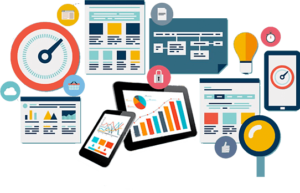Principals of Agile Testing
The agile testing process is a continuous process rather than sequential. The testing begins at the start of the project and there is ongoing integration between testing and development. The common objective of agile development and testing is to achieve high product quality.
There are some principles of the agile testing process which are given below:
Testing is continuous:
The agile team tests continuously because it is the only way to ensure the continuous progress of the product.
Continuous feedback:
Agile testing provides feedback on an ongoing basis and this is how your product meets the business needs.
Tests performed by the whole team:
In a traditional software development life cycle, only the test team is responsible for testing but in agile testing, the developers and the business analysts also test the application.
Decrease time of feedback response:
The business team is involved in each iteration of agile testing & continuous feedback shortens the time of feedback response.
Simplified & clean code:
All the defects which are raised by the agile team are fixed within the same iteration and it helps in keeping the code clean and simplified.
Less documentation:
Agile teams use a reusable checklist, the team focuses on the test instead of the incidental details.
Test-Driven:
In agile methods, testing is performed at the time of implementation whereas, in the traditional process, the testing is performed after implementation
Advantages of Agile Testing Methodology
The benefits of the agile testing approach are as follows:
- It saves time and money
- Agile testing reduces documentation
- It is flexible and highly adaptable to changes
- It provides a way for receiving regular feedback from the end user
- Better determination of issues through daily meetings


Test Plan for Agile QA
In agile testing, the test plan is written as well as updated for every release. A test plan in agile includes:
- The scope of the testing
- Consolidating new functionalities to be tested
- Types of testing/Levels of testing
- Performance & load testing
- Consideration of infrastructure
- Risks Plan
- Planning of resources
- Deliverables & Milestones
Agile Testing Life Cycle
The agile testing life cycle includes the following 5 phases:
Let's start a project with Spartans
Trusted Software Outsourcing and Quality Assurance Service
